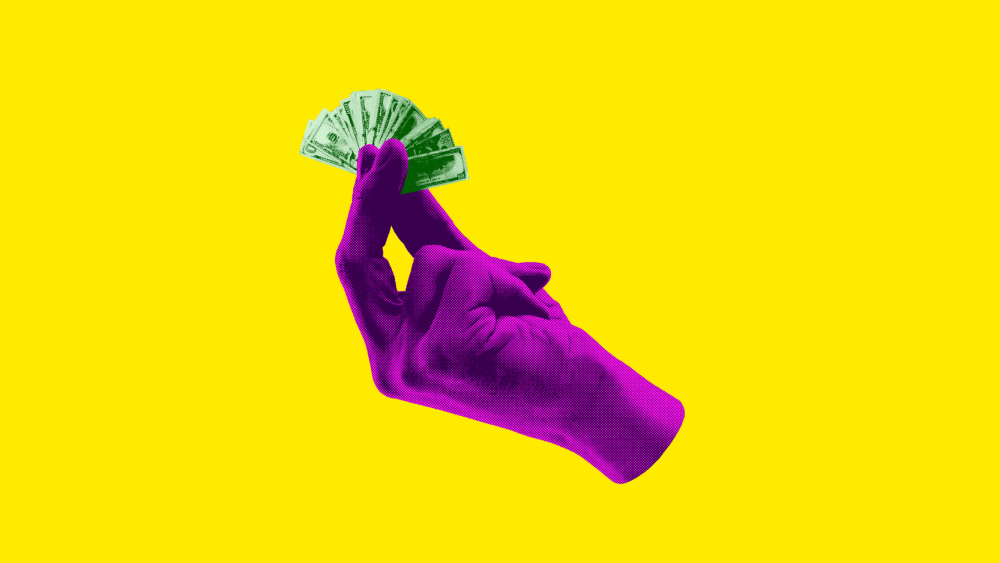To say, as CEO David Ricks did, that this was a good quarter, is an understatement. Mounjaro in diabetes brought in $3.84 billion for the quarter while Zepbound in weight loss booked $2.31 billion.
45%. That’s how much Eli Lilly’s revenue grew in the first quarter, driven, of course, by lead diabetes and weight loss products Mounjaro and Zepbound, respectively. The company clocked a grand total of $12.73 billion in revenue for the period.
In an enormous understatement, CEO David Ricks, during Lilly’s first quarter earnings call, said it was “a solid start to the year.”
Lilly’s earnings per share increased 23% to $3.06 on a reported basis, compared to analyst expectations of $2.68.
The company took an R&D impairment charge of $1.57 billion for the quarter due to the acquisition of Scorpion Therapeutics’ PI3Kα inhibitor STX-478. Lilly paid $1 billion upfront for the cancer program, with a total potential deal value of $2.5 billion.
Leerink Partners previously revised its earnings per share expectations due to the impairment charge. The firm had previously expected $4.40, instead of the lower $2.68 that Lilly managed to beat this quarter.
Mounjaro brought in $3.84 billion for the quarter, a 113% increase over $1.81 billion in the same period during 2024. Zepbound sold $2.31 billion compared to $517 million for the first quarter of 2024, when it was fresh on the market. Both medicines contain the same active ingredient, tirzepatide.
Leerink Partners expected worldwide sales of both medicines to reach $5.9 billion for the quarter; the drugs combined for $6.15 billion.
Growth in the U.S. was particularly strong, with a year-over-year 49% increase to $8.49 billion, which Lilly again attributed to Mounjaro and Zepbound. Lilly did report, however, that the earnings were offset by a 7% decrease in lower realized prices.
Outside of the U.S., revenue grew 38% to $4.24 billion. This was thanks to Mounjaro. Zepbound is not widely available outside the U.S., and in some jurisdictions Lilly markets the weight loss medication as Mounjaro. Outside the U.S., Jardiance, Lilly’s previous generation diabetes medication, helped boost revenue to a lesser extent, the company noted.
To continue to fuel growth, Lilly boosted R&D spending by 8% to $2.73 billion, which is just over 21% of revenue. The company funneled funds into the early and late-stage portfolio, according to the earnings release.
The company will host an earnings conference call at 10 a.m. ET.






